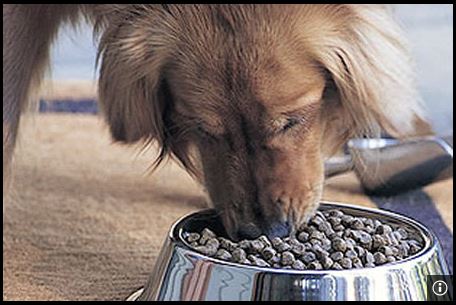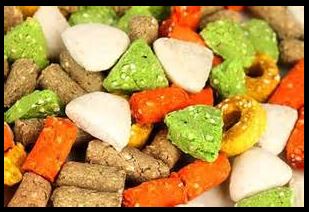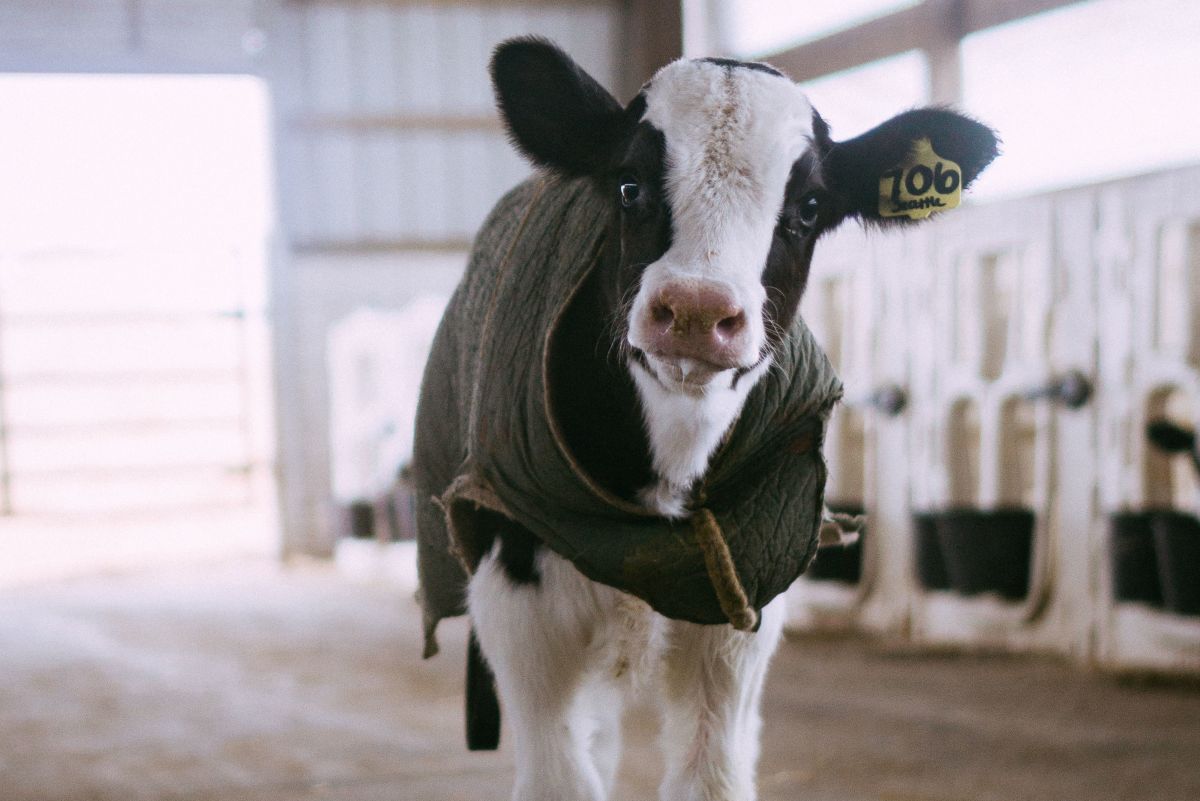Why You Should Stop Feeding Your Dog Commercial Food
We all want what’s best for our pets. You show your love with a kind word, a pat on the head, treats when he’s good and a visit to the vet when he’s feeling bad. Why, then, would you skimp when it comes to his food?

Commercial Foods
Cheaper commercial brands of dog food are over-processed and bland. They don’t provide all the nutrients a dog needs for a healthy system and strong bones. Most commercial brands are full of by-products and fillers with some sort of carbohydrates-usually corn-as a first ingredient. Corn is not very nutritious and you don’t even want to know what’s in by-products! Would you put that on your dinner plate?


Why should you consider natural, or organic, pet food?
Natural is just better in so many ways:
- Organic means no antibiotics, herbicides, pesticides, by-products, artificial colors or flavors.
- It is better for the environment and healthier for those that consume it because there are no harsh chemicals or pesticides being used.
- It lowers the risk of side effects and allergic reactions.
- Many are supplemented with nutrients such as antioxidants for a boost to your dog’s health.
- They are easier to digest and tastier, more palatable for him.
- You will see that dogs that tend to vomit after eating no longer get sick when fed organic food.
- Most of all it just tastes better.
While organic foods may cost a little more, it’s worth it. You’ll spend less on vitamins, supplements and vet visits and your dog will live a longer, healthier life.
Organic Tips
When choosing an organic food, there are some things to consider. Unlike our own food, which is monitored by the FDA, organic food is not quite so regulated. However, a handful of groups have been formed that have set their own standards by which they judge organic pet foods. The most influential of these is the CVM (Center for Veterinary Medicine).
These groups have begun to monitor the products and processes of organic dog food manufacturers to try to ensure that they are living up to the standards they advertise. Make sure it is mentioned on the package somewhere. Finally, you want to carefully read the labels on your pet’s food. The first ingredient should always be meat or fish. If the first ingredient is corn, meat by-products or any other type of filler, it is not organic food.

Raw or Homemade Foods
The only other way to provide a meal as healthy as the food you eat yourself would be to feed your pet raw or homemade food. While this is what he would eat in the wild and is certainly healthy, it has its pros and cons. Raw food, made at home or sold in the refrigerated section at pet stores, is the most natural way to feed your pet, but it requires a more stringent handling process. The raw food used to make the homemade food must be purchased fresh and then kept cold, taking up space in your refrigerator. It also must be fed within a certain amount of time or it will spoil. There’s a risk of salmonella and E. coli contamination if the food is not handled properly. All in all, home cooked is okay but raw food, although very healthy, is not very convenient.
Read The Label
Next time you’re shopping for dog food, read the label on a commercial brand. Now pick up a bag of organic dog food and look at the label. The first ingredient you should see is meat. Real meat, not meat flavors! After the meat comes real fruit, grains and vegetables. Manufacturers use fresh fruits, vegetables and meats because they taste better, are easily digested and make a better dog food. Organic companies have set high standards for their products. Real chicken, turkey, red meat or salmon is always the first ingredient. The fresh fruits and vegetables are packed with nutrition in every bite for your pet’s optimal health. Being organic and cutting out much of the carbs means it won’t upset his stomach or make him feel full and lethargic.
As you can see, all dog foods are not the same. The cheapest varieties, commercial brands, are affordable but not very nutritious. The most expensive foods (refrigerated, or raw, food) aren’t very practical. You could buy a vitamin supplement and give it to your dog daily, but really, wouldn’t it just be easier (and no more costly) to feed your pet a wholesome, delicious food already packed with the nutrients he needs to stay feeling young and healthy?









